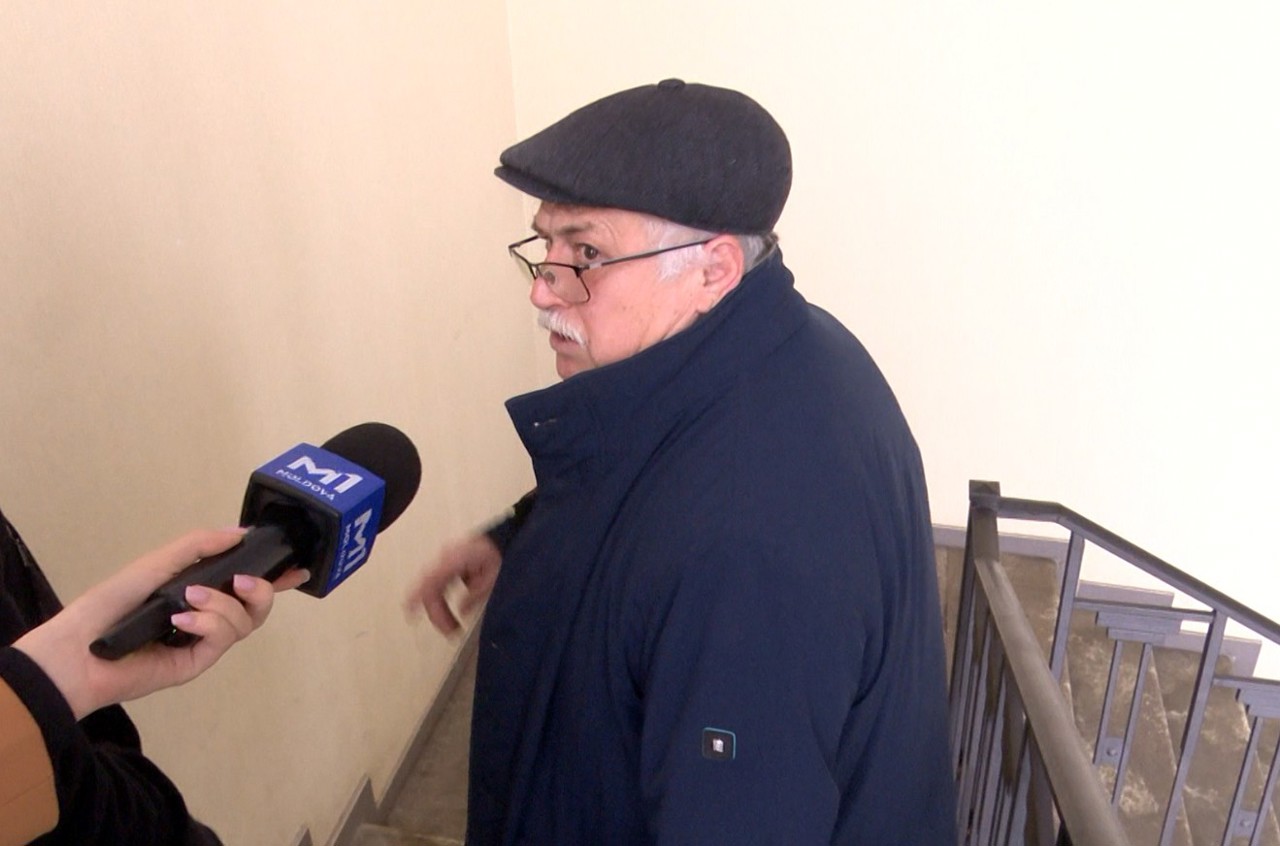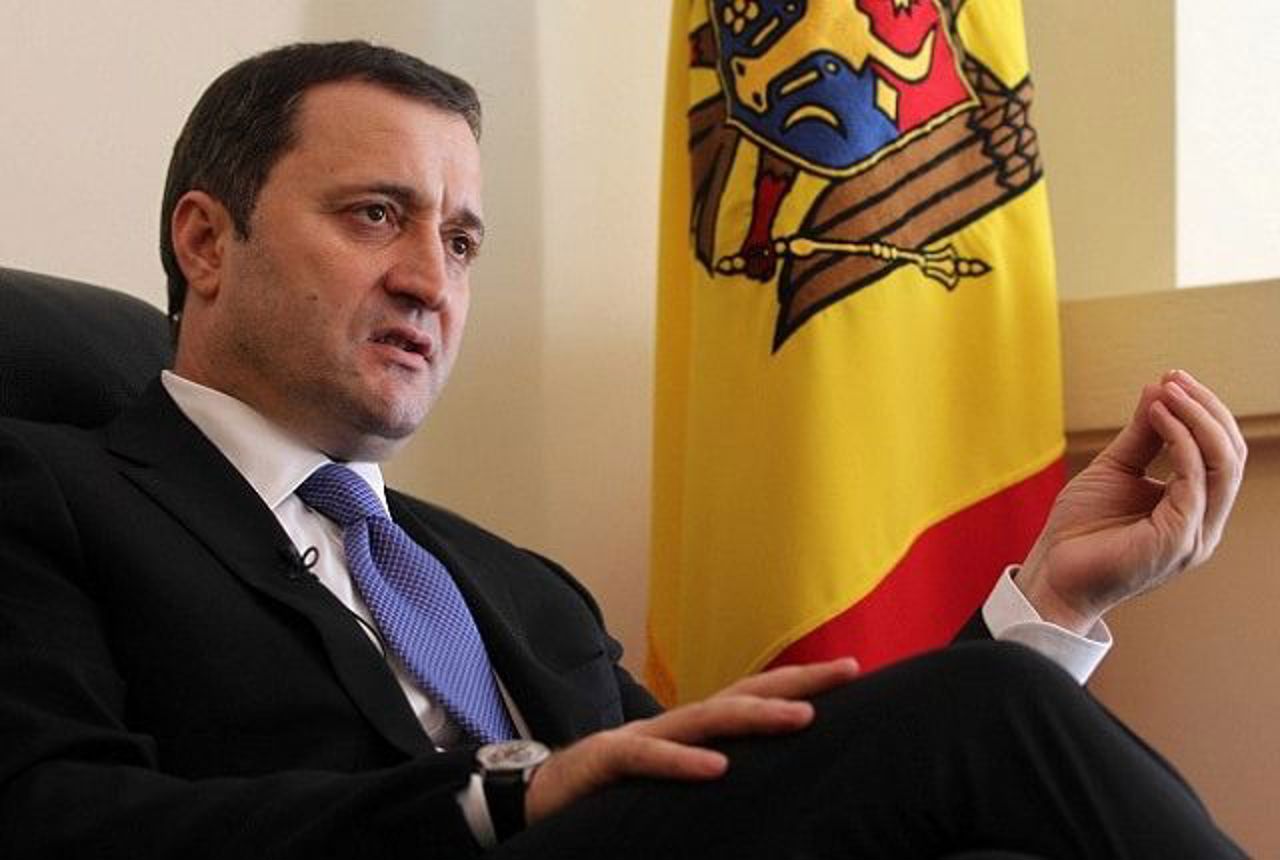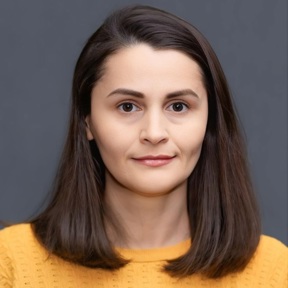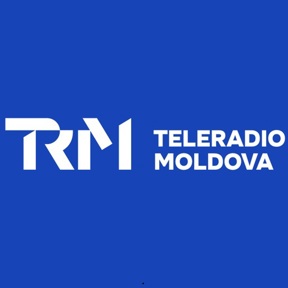Over a hundred medical workers from the Institute of Mother and Child donated blood
Throughout this month, 54 medical institutions across the country are organising a blood donation campaign to ensure the necessary stocks. More than a hundred medical workers from the Institute of Mother and Child donated blood and plasma on Monday. They stress the importance of donating blood to save patients and urge others to join the campaign.
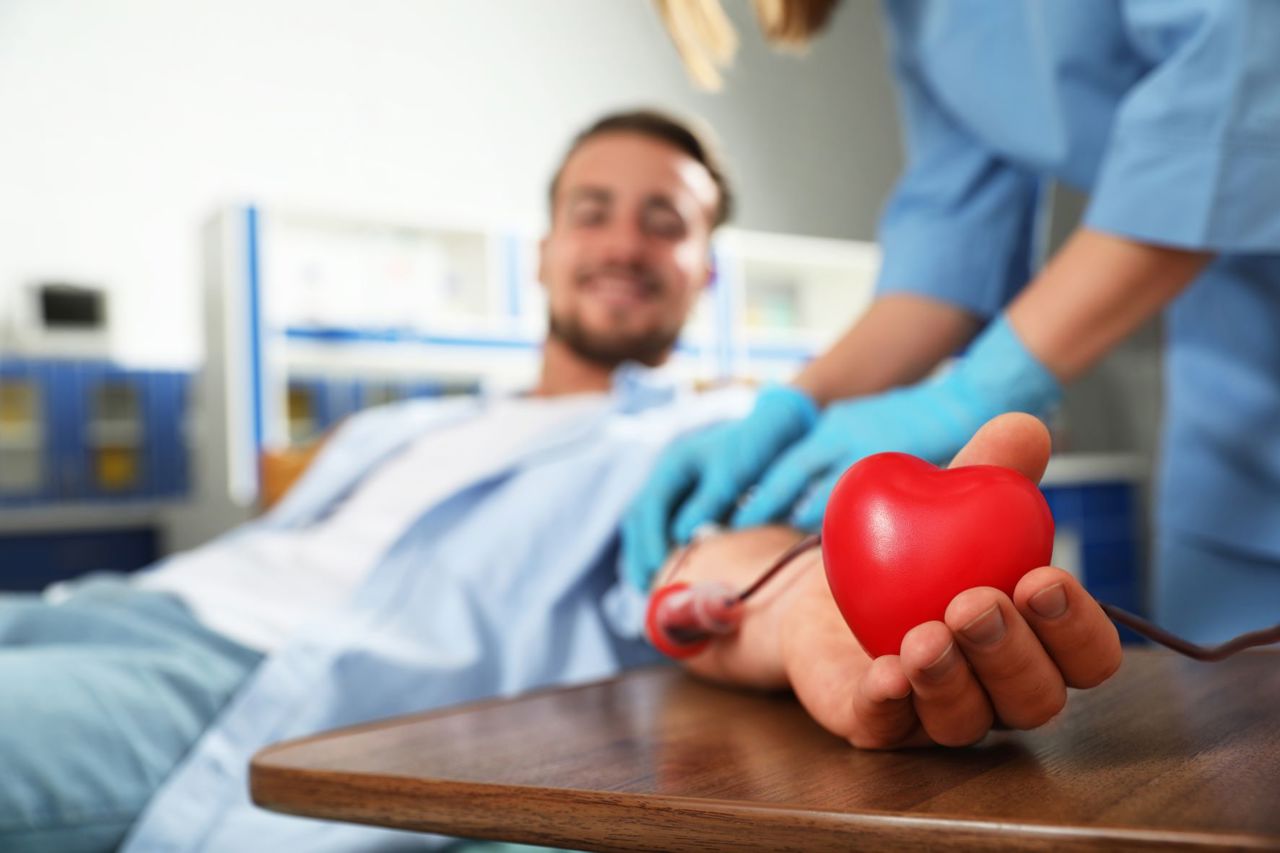
Doctors say they know best how much blood is needed in exceptional situations. They say they donate blood whenever they can and urge the whole population to do the same.
"I am a specialist surgeon, I have worked in emergency and in districts, and the need for red blood cells, plasma is almost in every service which helps us a lot," says doctor Nicolae Dogotari.
"Obstetrics always represents a major risk of haemorrhage and in these cases qualitative substitution can only be done with blood products. The shortage of these products can sometimes be critical," says doctor Diana Văluță.
The Institute of Mother and Child is one of the institutions that uses the most blood products.
"We are the tertiary level institution, we receive the most serious cases from all over the republic in obstetrics and gynaecology, paediatrics and paediatric surgery. We use blood preparations very often and in quite large volumes," says the director of the Institute of Mother and Child, Sergiu Gladun.
Since the start of the campaign, about 1,000 people from the healthcare system have donated blood.
"Requests from institutions come in daily. These requests can be up to 400 units of blood products every day and in order to maintain or have the possibility to maintain these stocks in a balance every day we need to have an input of donors", underlines the deputy director of the Blood Transfusion Centre, Silvia Rosca.
In the Republic of Moldova, the needs of blood transfusion therapy are fully covered, with more than 70,000 donations collected annually, covering the treatment needed for about 21,000 patients.
